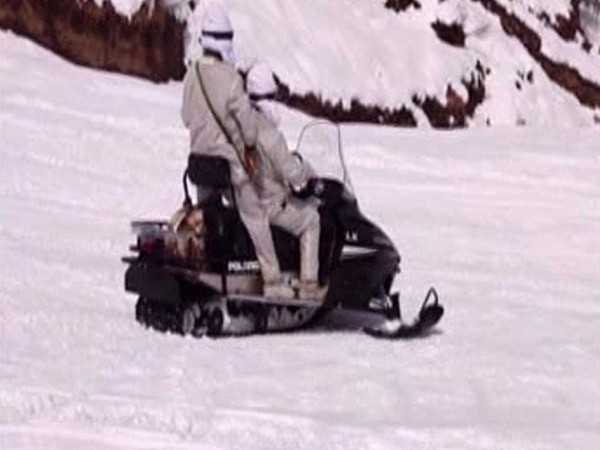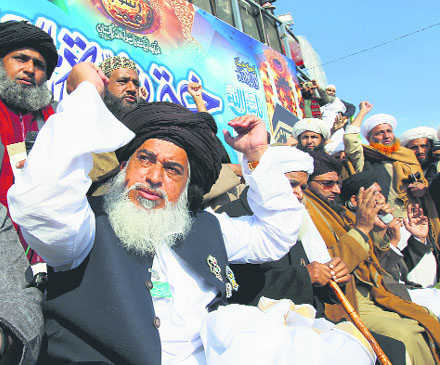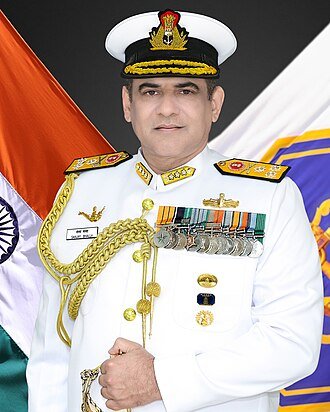
In the middle of Asia are the five former Soviet republics, suffixed with the Persian word ‘Stan’ (meaning ‘land of’) attached to their ethnic identities, that is, Kyrgyzstan, Turkmenistan, Kazakhstan, Tajikistan, Uzbekistan, and then the sixth, Afghanistan (though it was never part of the Soviet confederation). This historical crossroads of global cultures, religions and ideas was the confluence region of the famed Silk Road, which bore the famous Mughal dynasty that ruled the Indian sub-continent.
However, the cultural identity of Central Asia got suppressed under the national project of Sovietisation that disabled perceived elements of religiosity in a quest to promote collectivisation and a ‘proletarian culture’. The ethnic minorities and their innate diversities got increasingly engendered and subsumed in the Russian language and cultural sensibilities, ostensibly as a form of ‘modernisation’.
The dormant impulses of the region found instinctive expression, asserting themselves, in the implosion of the USSR in 1991, and the five Central Asian Republics (CARs) were born. Soon, the reigns passed from Moscow, to its erstwhile party apparatchiks and regional strongmen, who have since maintained relative stability (barring the Tajik civil war of 1992 to 1997), albeit whilst following dictatorial means and methods. Continued life-sustaining aid and invaluable investments from Moscow have also ensured the relatively peaceful relationship of the new republics and Russia, with the forceful retention of officially-mandated ‘Secularism’.
The inherent but dormant sense of Islamic identity was soon fanned and instigated, however, by generous doles from the Saudi Arabian coffers that ensured rapid shipments of religious texts, construction and renovation of mosques and an overall infusion of the alien Salafist strain. Suddenly, the principal fear for the newly independent states of the region was, ironically, religion.
As the bloody Tajik civil war pitted the ‘Islamic Renaissance Party’ as the principal opposition, and in neighbouring Afghanistan, the Taliban took control, repression and persecution of the newly emerging and hardline Islamic groups, intensified. Endemic poverty, suffocation of democratic rights and religious intolerance have combined with easy access to online information to radicalise the hungry stomachs of the region, who look upon religion as the logical salvation. Unsurprisingly, an estimated 2,000 to 4,000 people from the region are believed to have joined Islamic State in the Syrian-Iraqi swathes, and some others in the equally restive Afghanistan-Pakistan region.
The footprints of the radicalised Central Asian diaspora are now emerging in the diverse terror attacks in Kunduz, Stockholm, Istanbul, St Petersburg to, most recently, in New York.
Terror from these lands publicly emerged on US soil on April 15, 2013, when two homemade bombs at the annual Boston Marathon killed three people and injured several others – two Kyrgyz-American brothers Dzhokhar Tsarnaev and Tamerlan Tsarnaev, were found guilty. Immediately, the West woke up to the intricacies and diversities of Islamist terror from the erstwhile-USSR, beyond the Chechen insurgency.
More recently, inspired by the IS playbook, Sayfullo Saipov, an Uzbek immigrant, drove his rented truck over cyclists and pedestrians in New York, killing eight people. These are not isolated examples of radicalisation, as terror organisations like the East Turkestan Islamic Movement, Islamic Movement of Uzbekistan, Islamic Movement of Central Asia and Hizb ut-Tahrir have been active in the region for over a decade.
An interesting trend of radicalisation of immigrants from Central Asia on foreign soils can be attributed to the usual sense of disenfranchisement and inability to ‘fit-in’ with the local milieu socially, culturally and financially. This is conveniently tapped into by the ideologues of the regressive and absolutist religious organisations. It is estimated that 85-90% of IS fighters from the CARs were radicalised and recruited when they were in Russia on work!
Similarly, the Stockholm terror attack suspect was a rejected asylum seeker from Uzbekistan, who is also said to have encouraged his friends to join IS. Clearly, the specific targeting of the CARs by the likes of IS, by customising their literatures, manuals and inspirational materials into the vernacular languages, is paying dividends, and the relative obscurity of the region in the global imagination is turning into a recognition of it beyond its much-publicised energy reserves.
Whispers of extending the US Executive Order 1376 (‘Protecting the Nation from Foreign Terrorist Entry into the United States’, commonly called the ‘Muslim ban’) beyond Iran, Iraq, Libya, Somalia, Sudan, Syria, and Yemen have started to include the CARs.
Religion, the unifier
The region’s desperate economic conditions, glaring disparities and the authoritarian governments are engaged in simplistic counter-terrorism, as opposed to preventing it. Strongmen like Kazakhastan’s Nursultan Nazarbayev, Tajikistan’s Emomali Rakhmon and, till very recently, Uzbekistan’s Islam Karimov have brutally muzzled all dissent, centralised the control levers and unintentionally stirred up public resistance by publishing high official approval ratings that run contrary to the sentiment on the street (for instance, the referendum aimed at perpetuating the Rakhmon regime in Tajikistan by aiding his son was passed by ‘95% of the population’, when only ‘92% voter turnout’ was recorded!).
In this region, the dominant strain of Islam is the Sunni Hanafi (with a sprinkling of Shia Ismailis and Imamis), who are essentially localised and more ‘cultural’ in essence, than puritanical or supremacist. But beyond poverty, it is religion that has become the common denominator that unites the mainstream to come under a common platform against the ruling autocrats.
Thus political integration, engagement and inclusivity is a must, as indeed developing a more equitable society wherein the obvious wealth of the land can be shared, as opposed to the usurpation by the infamous oligarchs of the region. These CARs have already supported the ‘War on Terror’ by allowing air access and other strategic investments to the West (including a military hospital made by India at the Farkhor Air Base in Tajikistan). Yet, the lack of democracy and imbalanced economics are dangerously pushing these energy-rich havens into a familiar spiral of religious terror that prevails in the region’s underbelly of the Af-Pak and West Asian regions.
(The writer is former Lt Governor of Andaman & Nicobar Islands and Puducherry)








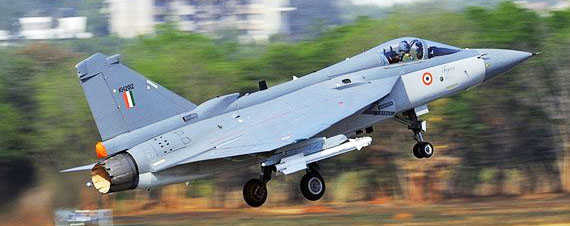
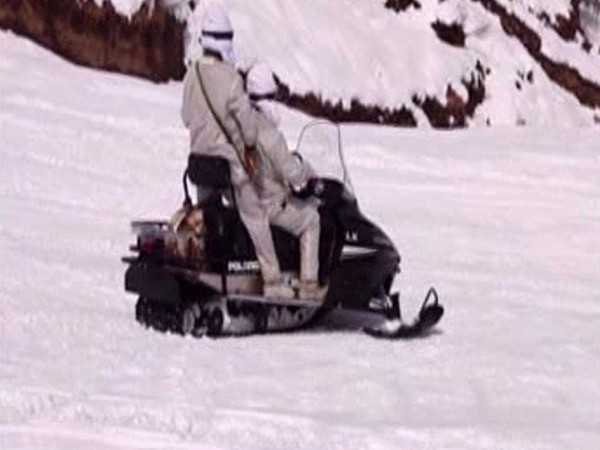
 SANJEEV SHARMA/HT
SANJEEV SHARMA/HT



